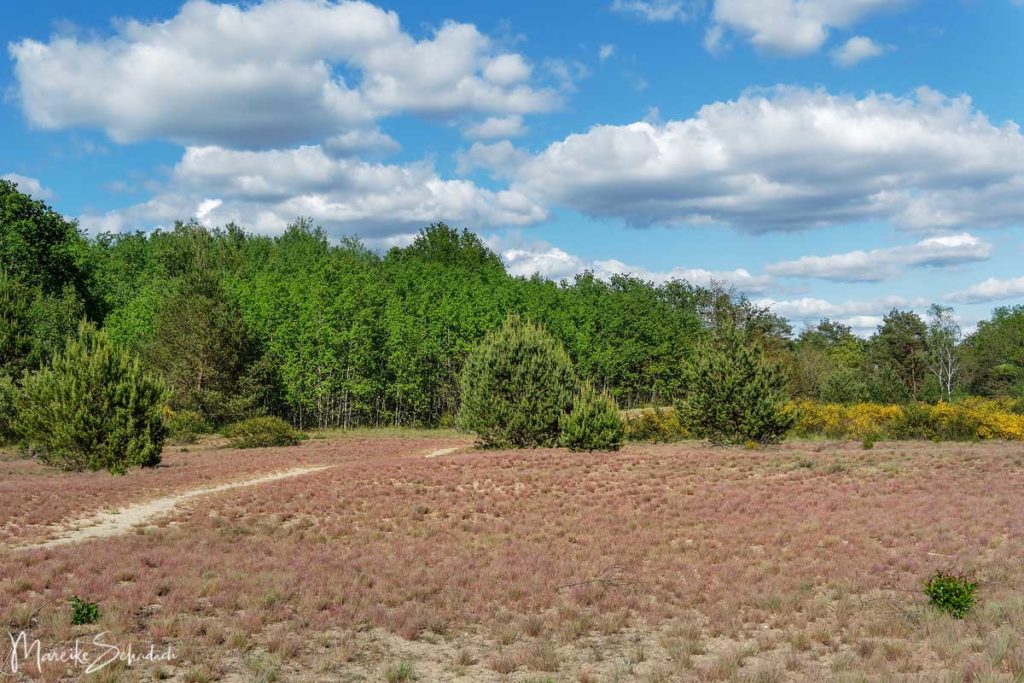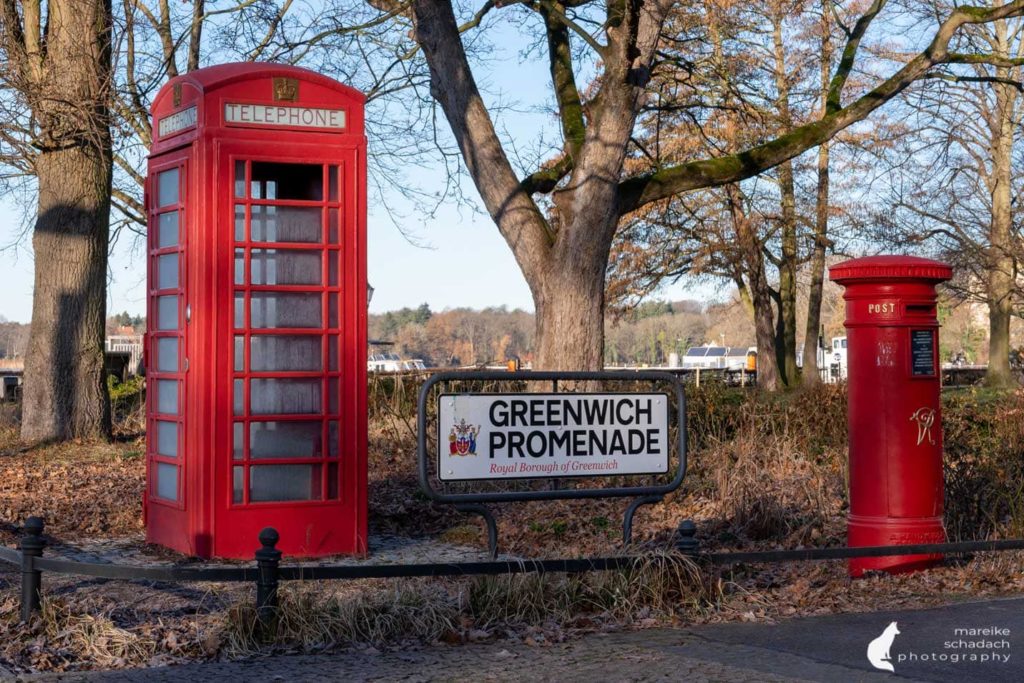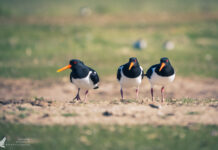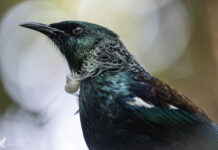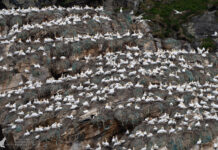Linum. Linum is famous for its storks and resting cranes. Between April and August you can observe numerous storks on their nests in this village, which is also known as the "stork village". As soon as the storks have moved south, the cranes come to the Linum pond area. Thousands of these birds rest on the surrounding pond meadows and build up their energy for the onward flight. Walking trails lead between the ponds and from several observation towers a clear view opens up to the water areas. In the following article you will get tips for birdwatching around Linum.
Unassigned, unpaid advertising. The article contains affiliate links.
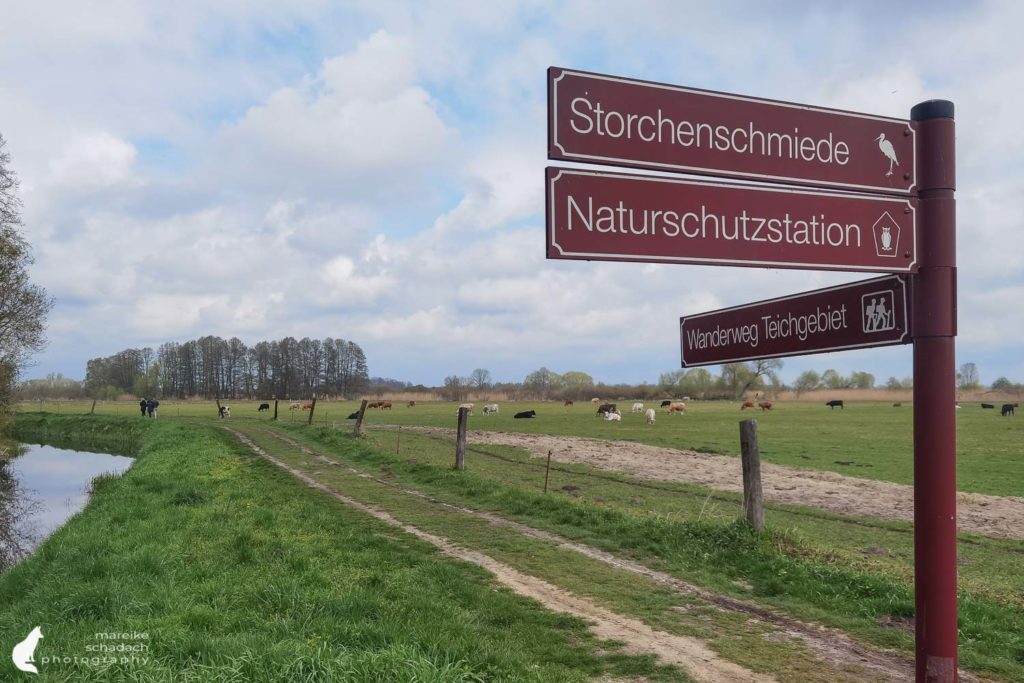
Birdwatching in the Pond Landscape Linum
The pond landscape near Linum is one of the largest resting areas in Central Europe during the bird migration season. The area includes about 240 hectares of water and large meadow areas. The ponds were created from peaty areas. Especially in autumn and spring, a walk and a longer stay on the observation towers is worthwhile. If you have a little patience and ideally a good pair of binoculars, you will be quickly rewarded. But even if you don't see the birds - you might hear them. You surely know how a cuckoo calls or an oriole sings. But do you know how a bittern or a bluethroat calls? Not yet? Then have a listen at Vogelstimmen.de.
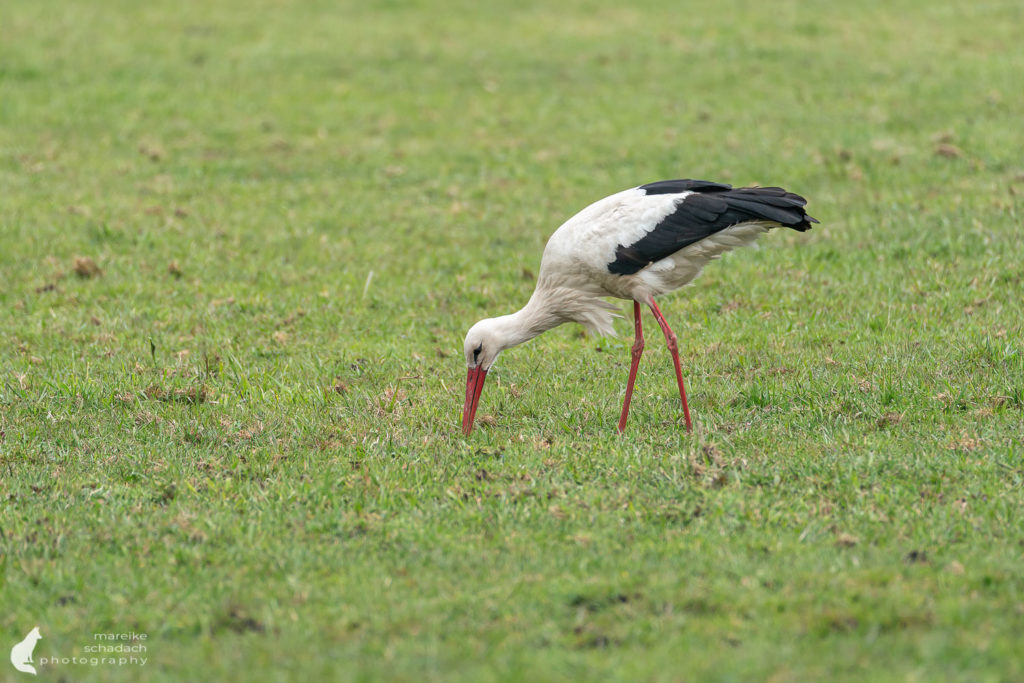
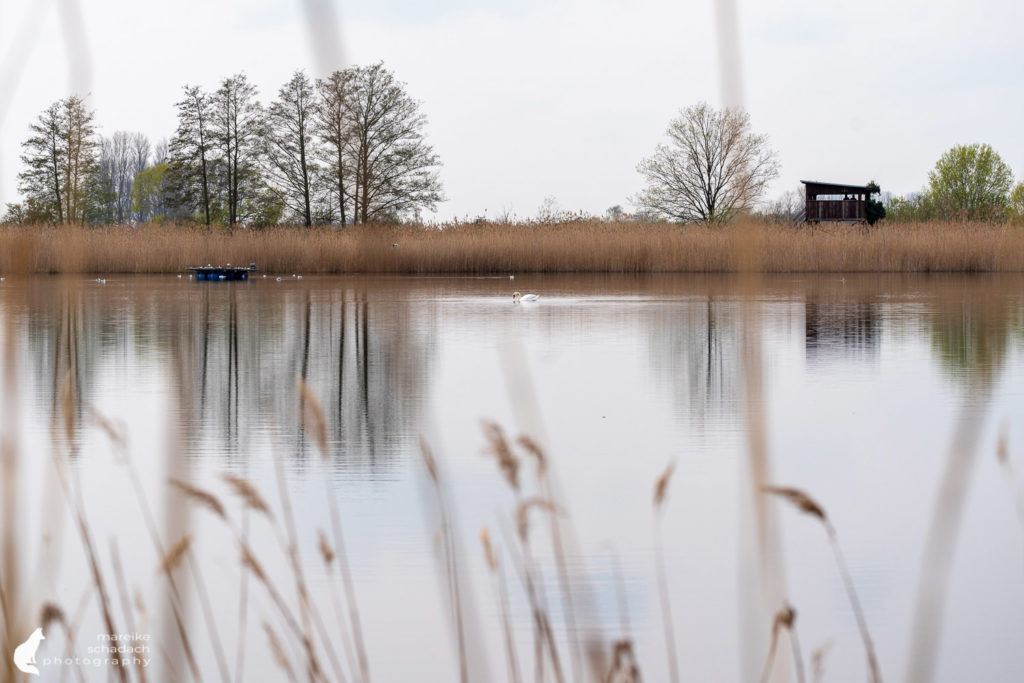
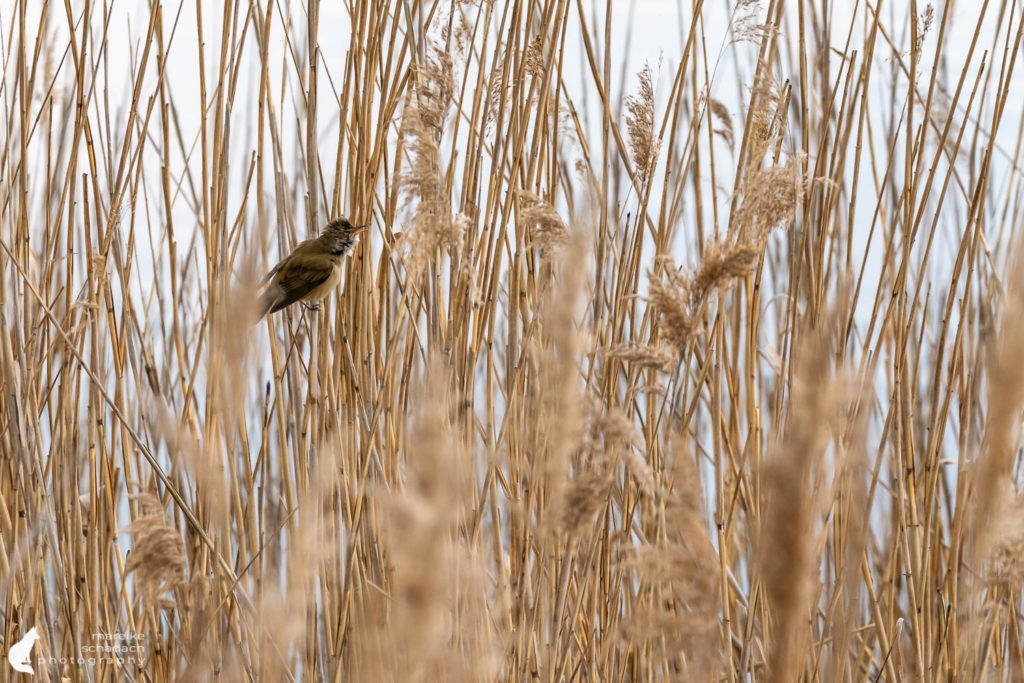
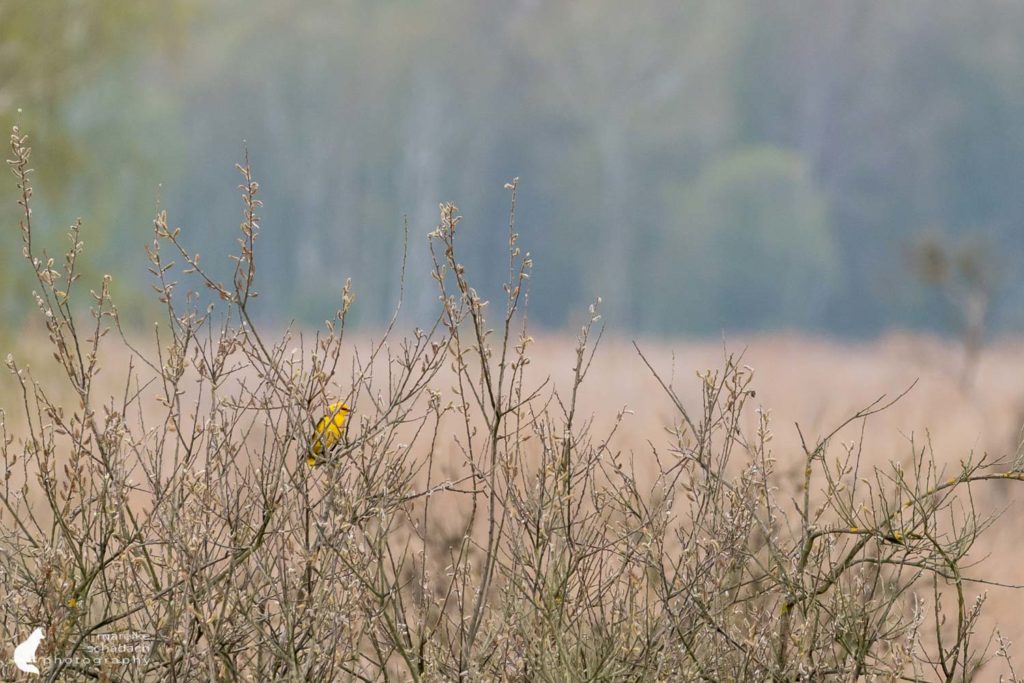
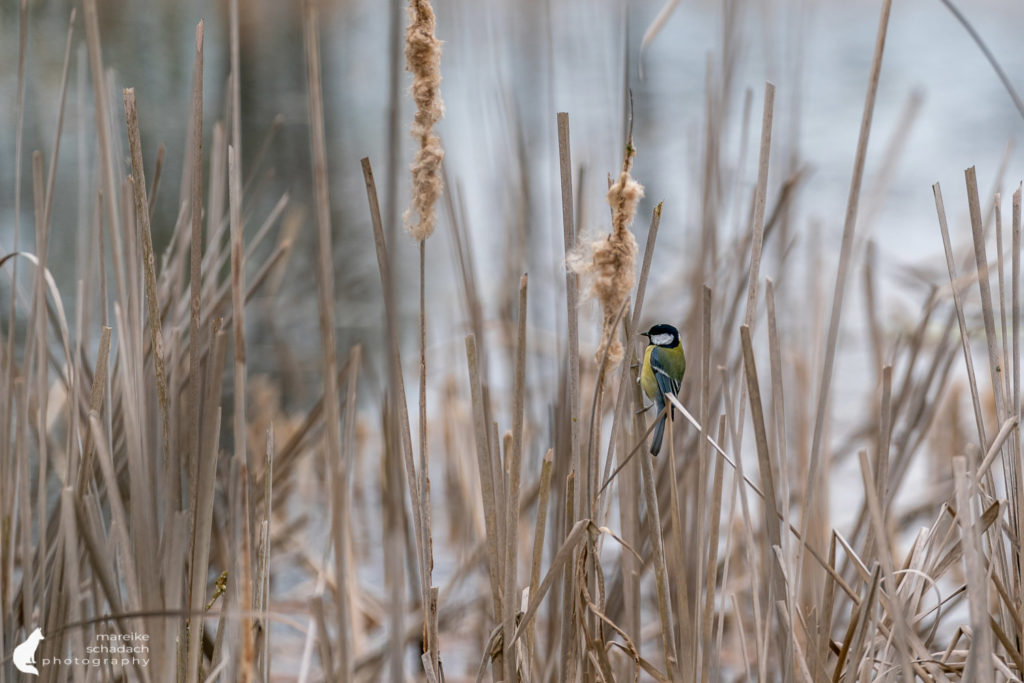

Besides the birdsong, however, there is another sound that you can listen to here. Because in one of the ponds, the "Unkenteich", live red-bellied toads. They are hard to see, but their bell-like song is hard to miss.



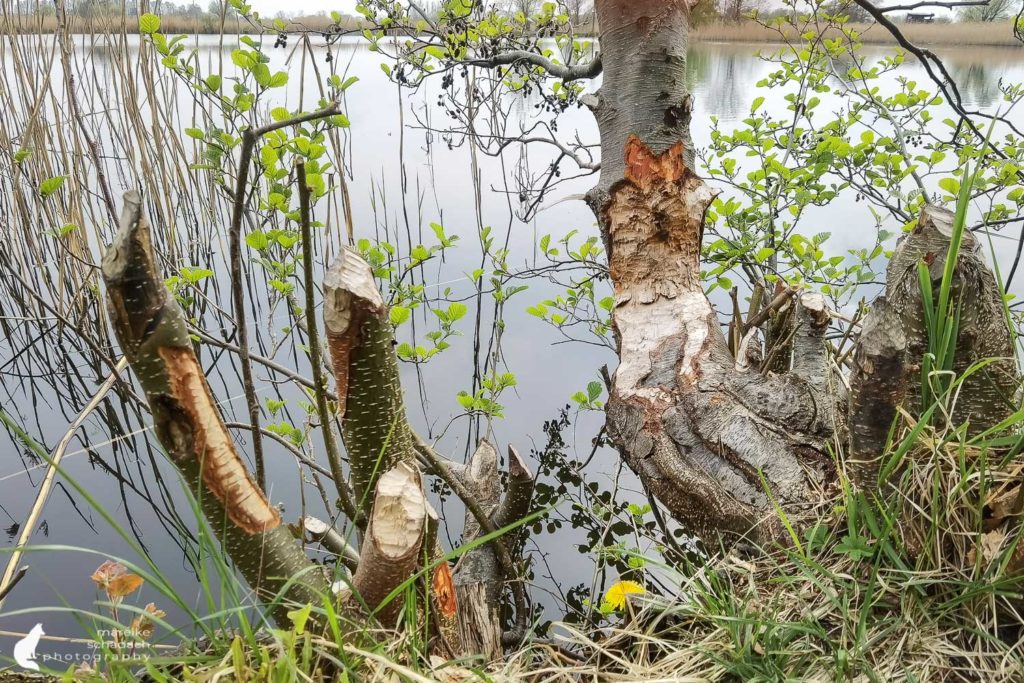
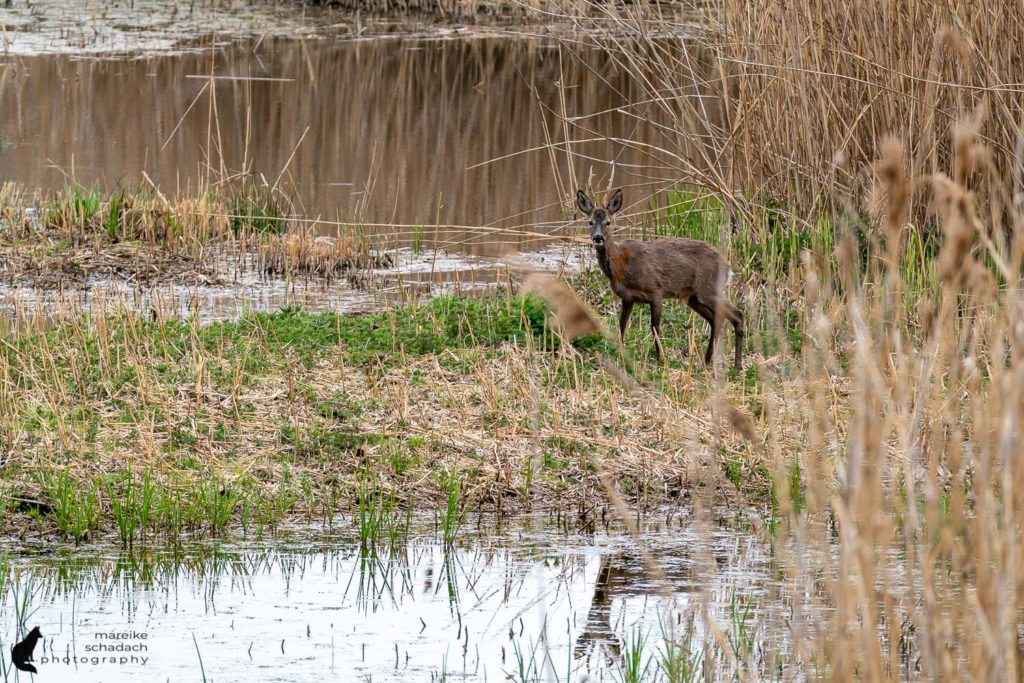
Attention, next to the paths grows in many places hogweed! Don't touch it, or you'll get a terrible rash. This is what it looks like:
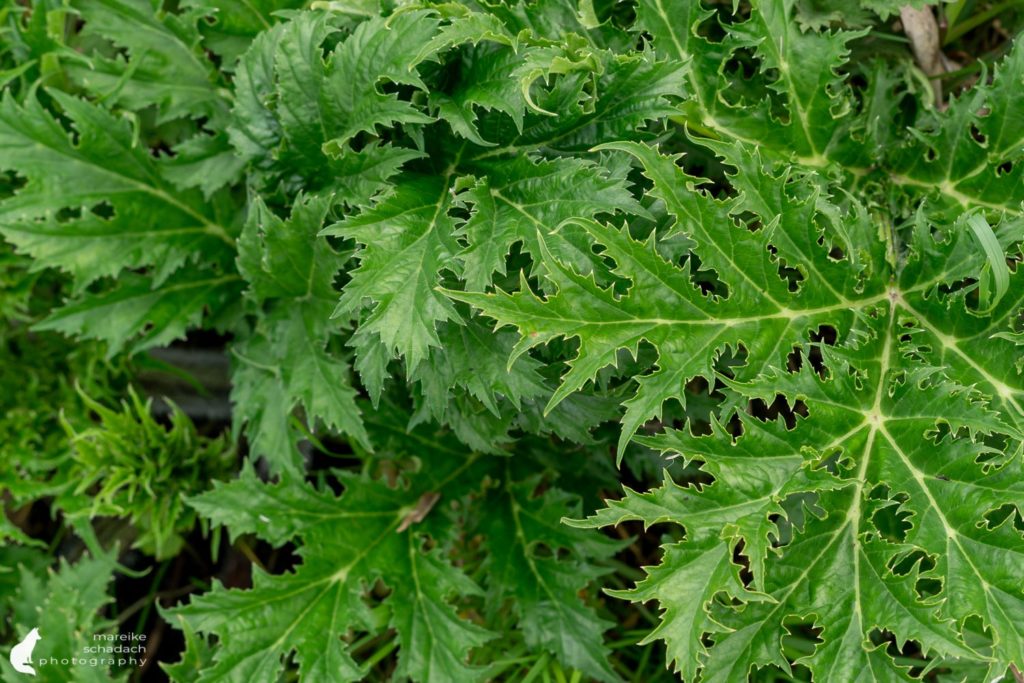
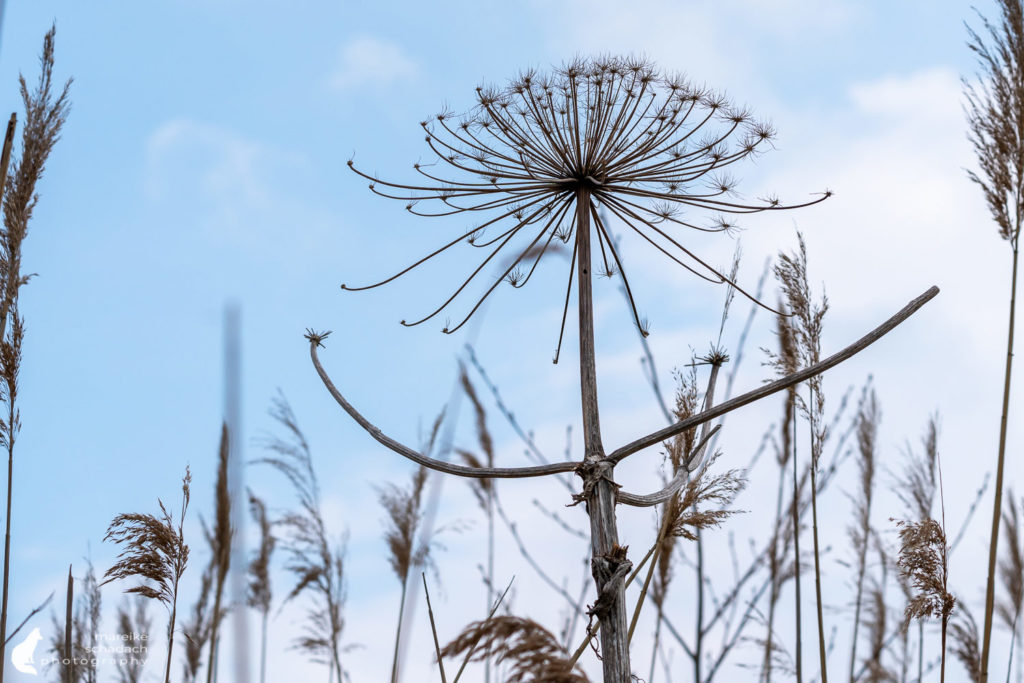
With the Storks in the Stork Village Linum
Along the main road alone, I counted eight stork nests. But there are several more: up to 18 pairs of storks raise their young in Linum every year. The huge nests are perched high up on house roofs, chimneys or masts erected especially for the nests. From below, it initially looked as if the nests were not yet occupied at the beginning of May. But this is mistaken. It is only a little more difficult to see the storks in the nest, as they are sitting on the eggs.
The storks arrive in Linum from March to May and move south again in the second half of August.

In the village of Linum, not only the numerous stork nests are remarkable. Also the painted street lamps and the romantic brick houses give the place a special touch. Along the main street you can buy products from the region in several farm stores. And of course the cuddly stork is not to be missed. If you are hungry, you can either get a piece of cake and a coffee in the farm stores, or go straight to the Storchenklause or the Storchenhof for a meal.
Tip for the small hunger: Diagonally across from the parking lot on the street Zu den Teichen offers the "Teichland Linum" everything for the big and small hunger.
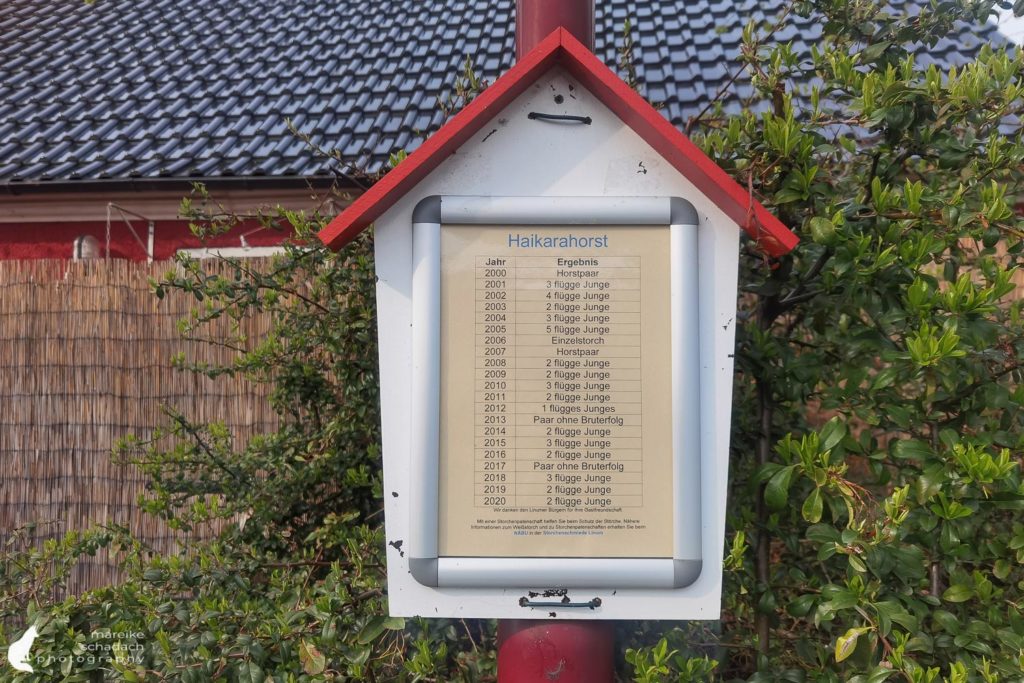
Linum as a Resting Place for Cranes
In autumn, the ponds and fields of Linum are home to hundreds of thousands of cranes and geese. The birds gather here before flying further south. With water only knee-deep, the ponds provide safe roosting places, and the vast fields of the Rhinluch hold plenty of food. It is particularly impressive when huge flocks fly to the feeding areas in the morning and back to the roosts in the evening. Then their loud typical call resounds far over the fields. The crane season lasts from mid-September to early November. At this time there is the possibility to take part in guided tours. But also on your own you can observe cranes from the road in the fields, especially harvested corn fields.
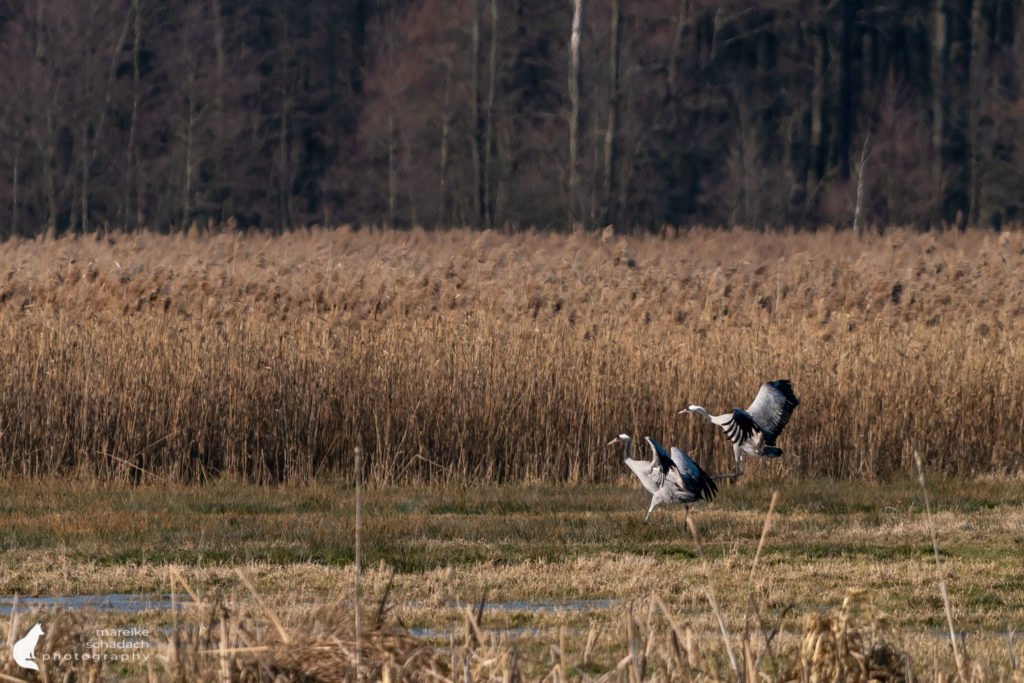
In 2020, 59,710 cranes were counted in one day at the end of October, and in 2018 the number was as high as 74,440 in one day. A small group of cranes even lives near Linum all year round.
Cranes are very shy birds and fly up quickly. Therefore, make sure you keep at least 300 to 400 meters distance. As soon as the animals look up or give their warning calls, you should withdraw. It is best to stay in your car or hide behind bushes or trees on the side of the road. Also, do not enter agricultural areas or closed field paths.
More information about the cranes near Linum can be found here.
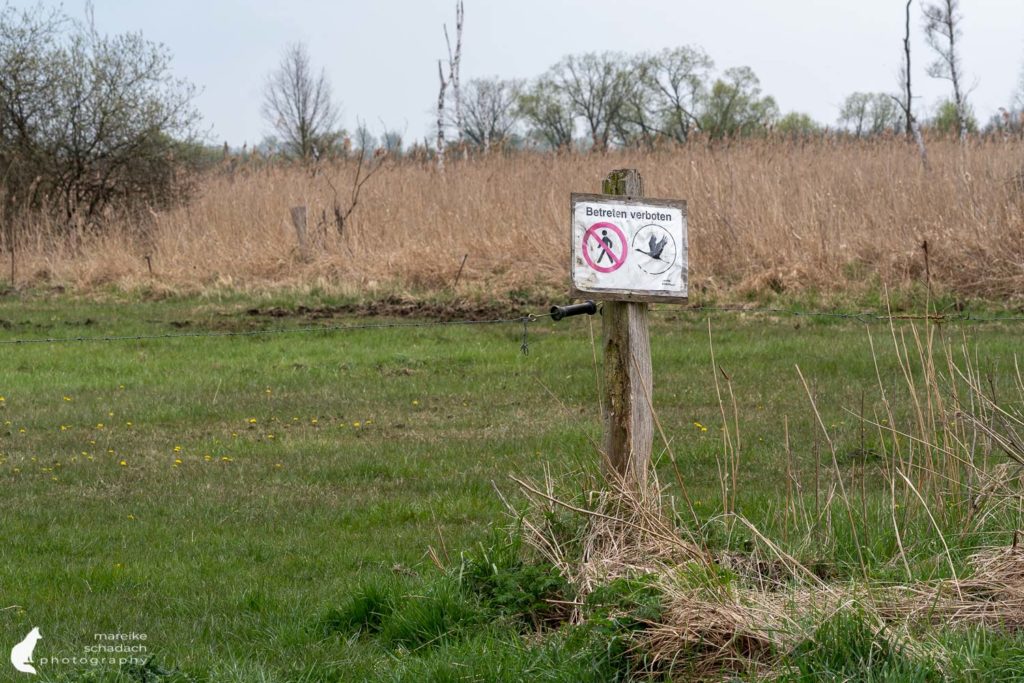
Tip: The best time to photograph cranes is in the morning and evening hours. If you want to see cranes up close, it's best to use binoculars or a spotting scope. By the way, my favorite binoculars are the handy Zeiss Terra ED 8×42**.
Stork Smithy Linum
At the Stork Smithy , NABU provides information about storks, cranes and other wildlife around Linum. A webcam even offers live views of a stork nest. Of course, it is especially beautiful to look at when the chicks have hatched from around mid-May.
The Storchenschmiede offers guided tours to the stork nests and to the Linum ponds as well as changing exhibitions. You can walk through the show garden and learn about regional, seasonal vegetables and also take home a vegetable box. Afterwards you can enjoy cakes, ice cream and coffee in the smithy café.
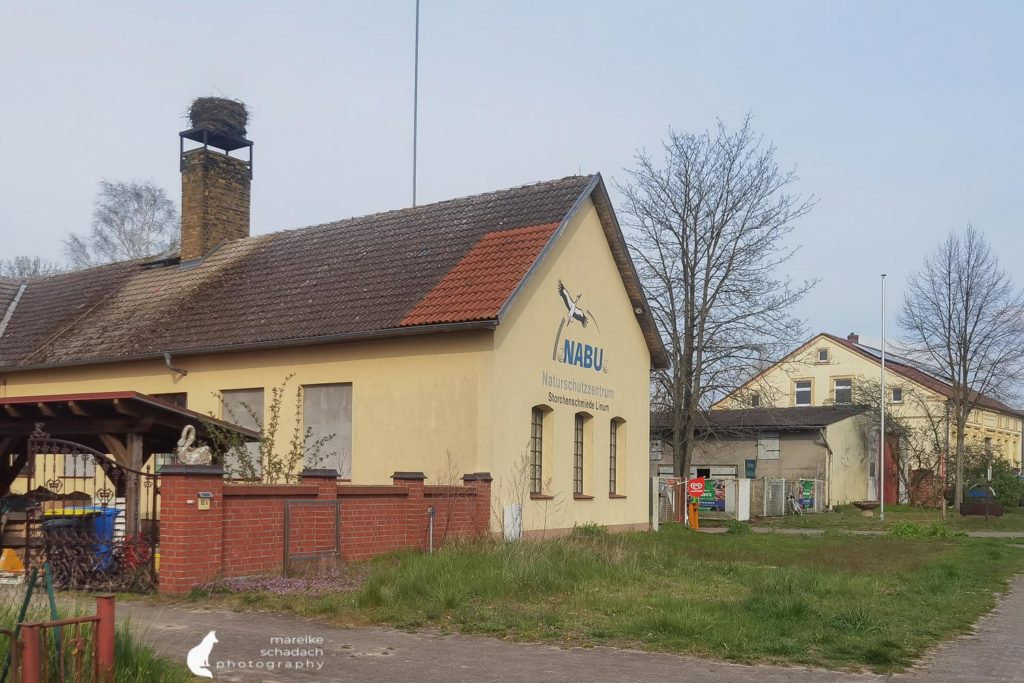
Address: Nauener Str. 54
Opening hours: Wednesday through Friday 10 a.m. to 4 p.m.; Saturday, Sunday and holidays 12 to 6 p.m.; closed Mondays and Tuesdays.
Bird Nests at the Rhinluch Nature Conservation Station
Across the street from the village church is the Rhinluch Nature Conservancy. The old brick school building provides nesting habitat for numerous birds. House martins have built their shell-shaped nests of clay under the eaves. However, many are damaged or have been occupied by sparrows. Unfortunately, magpies also know about the nests and we could observe how a magpie robbed one of the nests. On the gable end of the house there are also several holes where jackdaws breed and even for the kestrel there is a nesting opportunity.

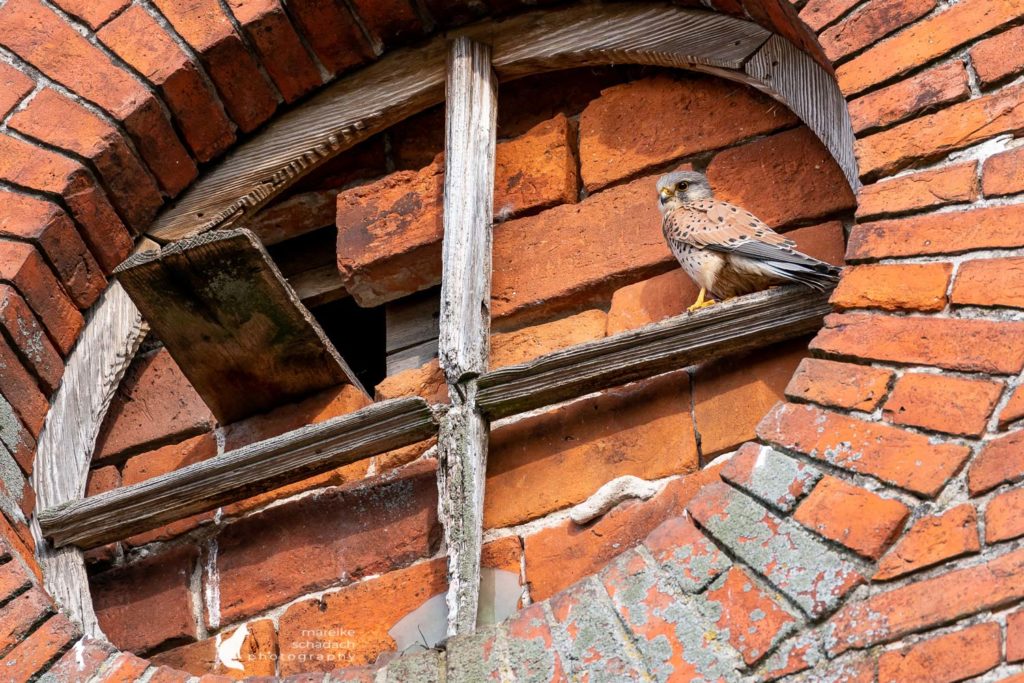
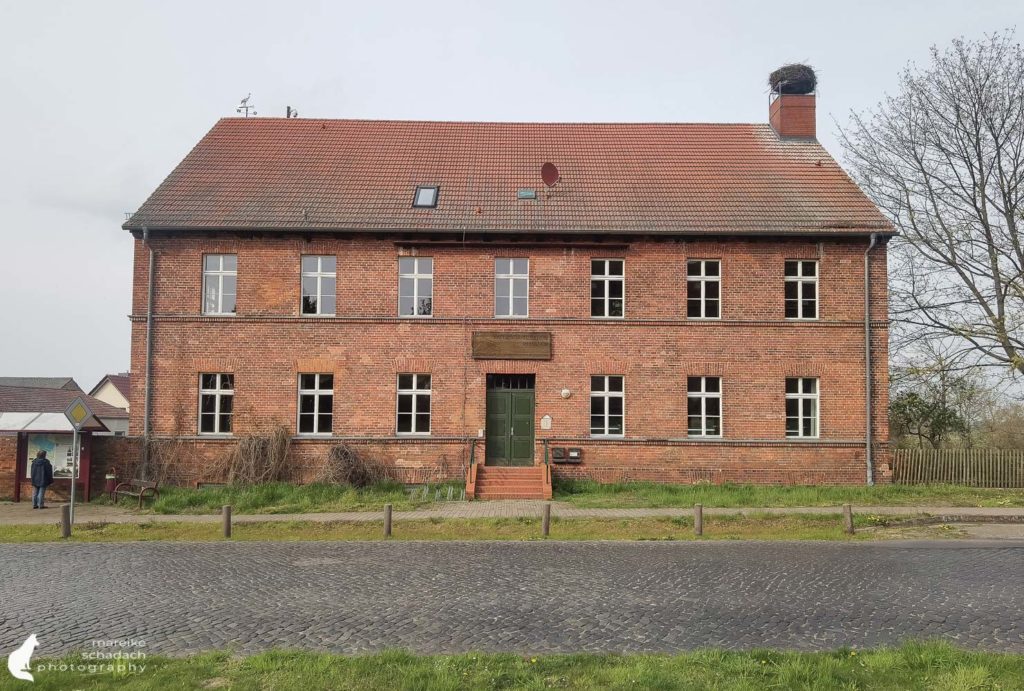
Interesting Facts about the White Stork
The stork has adapted to humans as a cultural follower and often builds its nests on house roofs, chimneys or towers. In the 20th century, the population declined sharply due to habitat loss in Europe. Cleared field corridors make foraging increasingly difficult. There is a lack of hedges, flowering strips, small bodies of water and thus suitable habitats for insects, amphibians and thus also for storks.
Through various protection measures as well as renaturation of wetlands and reintroduction projects, the population in Europe has recovered.
Stork profile
Size: 80 - 100 cm
Wingspan: up to 220 cm
Weight: 3 to 4 kg
Age: up to over 30 years
Conservation status: In the IUCN list, the white stork has been classified as "not endangered" since 1994. However, it is still considered endangered in the Red List of Breeding Birds of Germany.

Young storks eat mainly earthworms and insects, as soon as they are bigger also frogs and mice. They fledge at the age of nine weeks. In August, the young storks set off for Africa, starting two weeks before the adults. Getting there
Getting there
Getting there by car: From Berlin, take the A10 and then the A24 to the Kremmen exit. From there it is about 15 minutes on the country road to Linum. You can park either at the Straße der Jugend or Zu den Teichen.

Book Recommendations for Birdwatchers
You want to know who is flying and singing? Then I can recommend the following books. You can order them with a click on the picture at Amazon. If you order a book via one of these affiliate links, I will even get a small commission and you will help me to keep filling Fernweh-Motive with interesting reports and tips. The article will not be more expensive for you.
Did you like my excursion tip to the storks at Linum? Then follow me on Facebook, Pinterest or Instagram. I would also be very happy if you share my article with your friends. Do you have any questions or suggestions? If so, please write me a comment!
More Nature Trips around Berlin
You want to discover even more nature? How about a Trip to the Döberitzer Heide near Berlin or a Walk along the Greenwichpromenade and in the Tegeler Forst?
